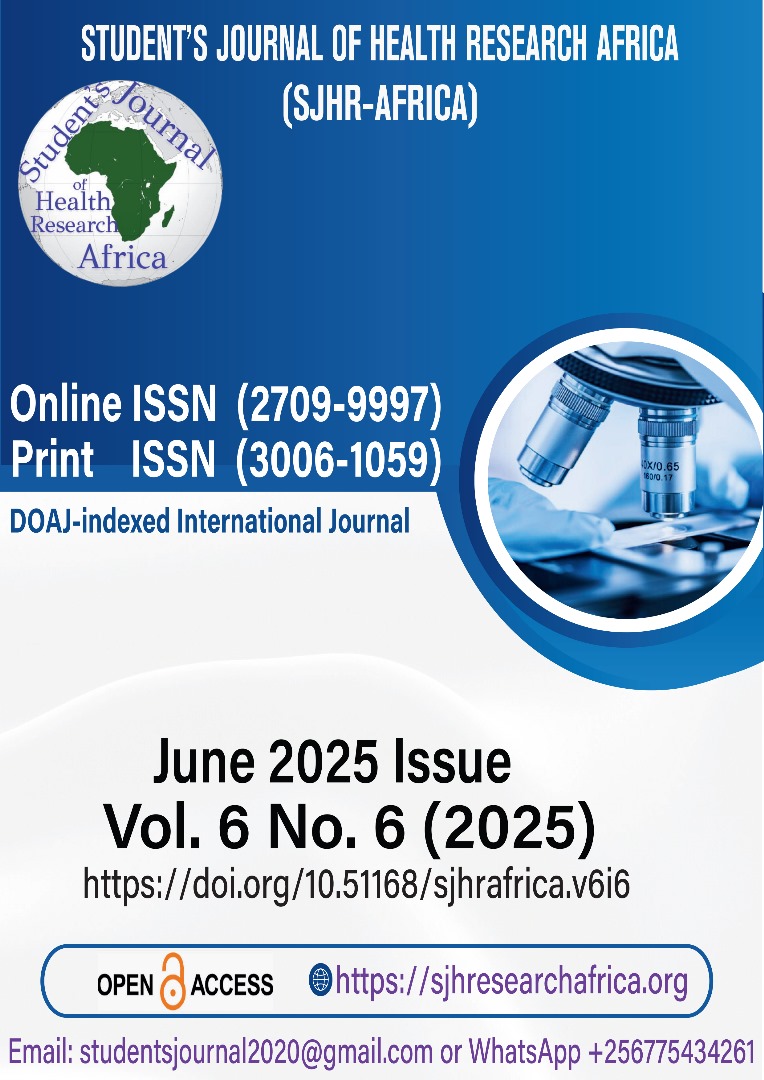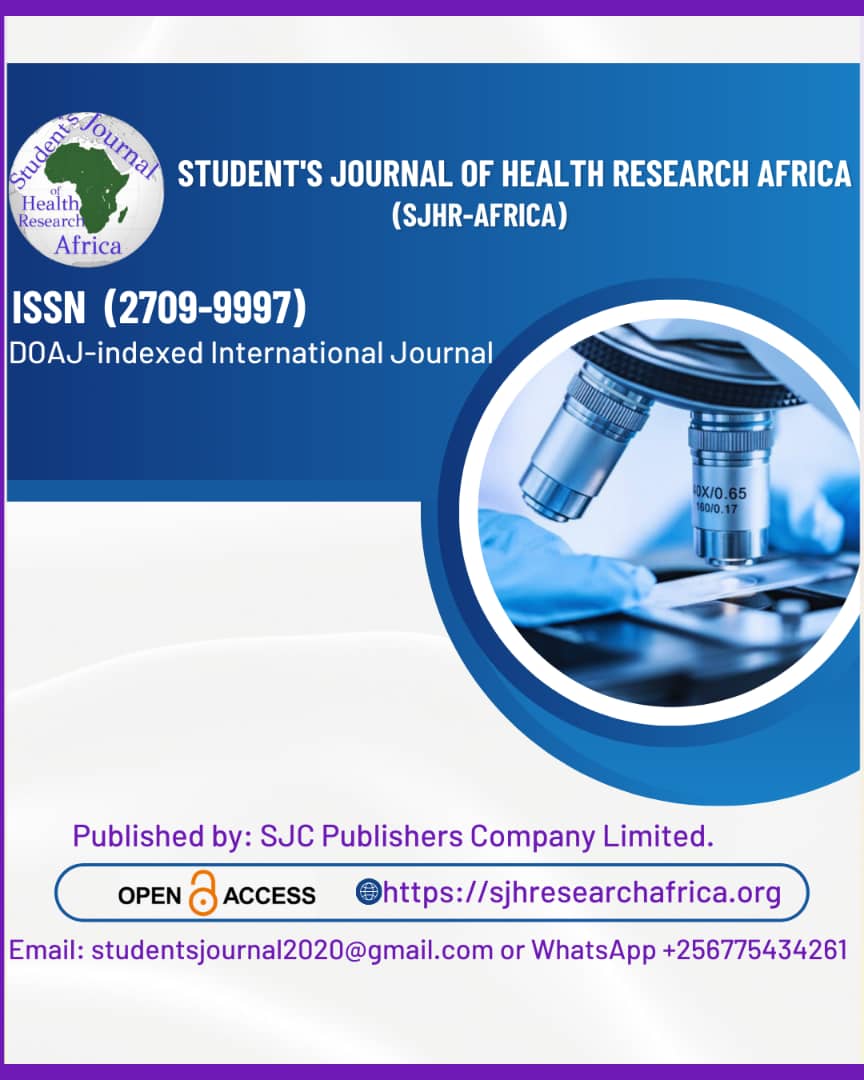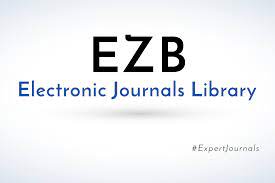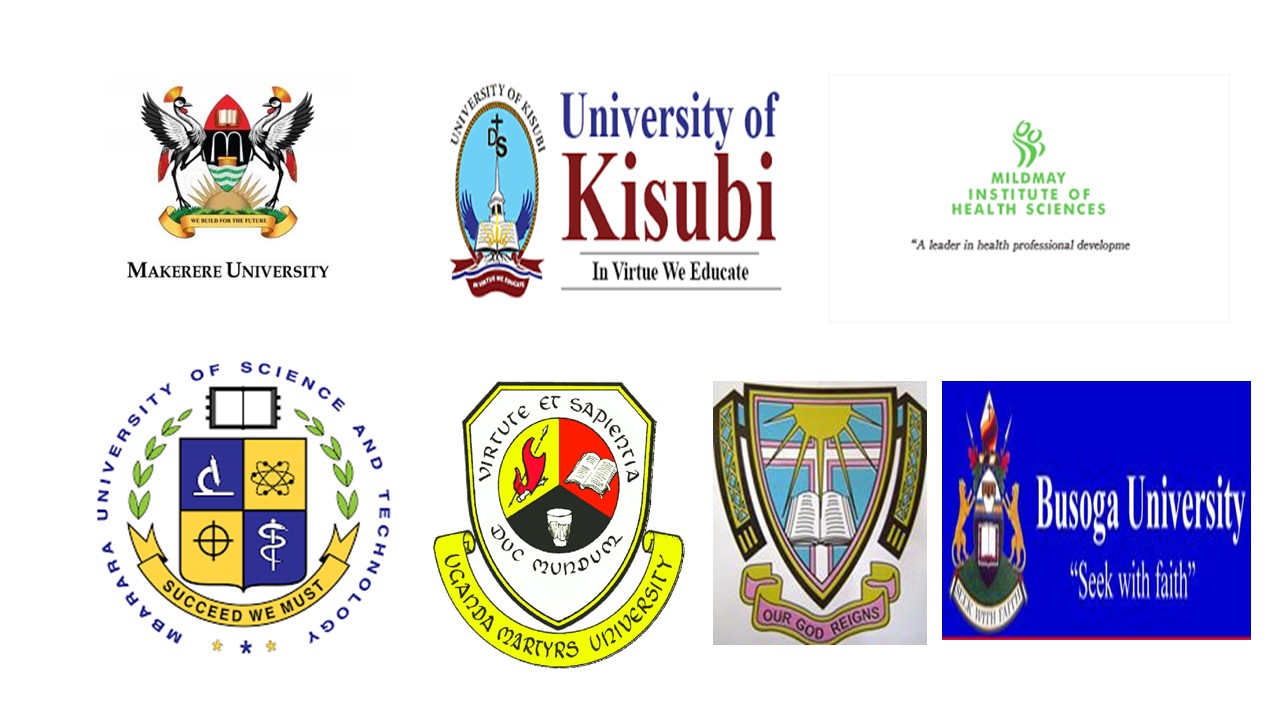THE INTERNATIONAL LAW AND DIPLOMATIC RELATIONS INTERNATIONAL LEADERSHIP CENTER
UNDERSTANDING CRIMES AGAINST HUMANITY IN SOUTH SUDAN: IMPACT, CHALLENGES, AND PATHS TO JUSTICE
DOI:
https://doi.org/10.51168/sjhrafrica.v6i6.1514Abstract
This dissertation investigates crimes against humanity in South Sudan, focusing on the socio-political challenges following its independence from Sudan in 2011. It examines the widespread atrocities during the civil conflict that began in December 2013, marked by ethnic violence, mass killings, and severe human rights abuses. Using a qualitative approach, the study analyzes secondary sources such as government reports, academic literature, and media accounts to understand the factors behind the conflict and the ensuing humanitarian crisis. Key findings reveal that despite the Comprehensive Peace Agreement (CPA) in 2005 and South Sudan’s independence, the new state faced significant structural weaknesses. These included poor infrastructure, limited human capital, fragile political institutions, and pervasive corruption, all exacerbated by deep ethnic divisions. The study critically evaluates the judicial system’s role in addressing crimes against humanity, highlighting its inefficacy and lack of legitimacy, which hinder post-conflict peacebuilding. The dissertation also assesses international interventions, particularly the deployment of peacekeeping forces under United Nations Security Council Resolution 2132, and their mixed success in reducing violence and protecting civilians. Additionally, it examines survivors’ expectations of reparations, emphasizing the disparity between international justice standards and the reality in South Sudan’s justice system. In conclusion, the research stresses the importance of establishing robust, inclusive legal frameworks supported by international cooperation to ensure accountability and justice for victims. It provides practical recommendations for policymakers, legal experts, and international organizations to strengthen judicial reform and peacebuilding in post-conflict settings. This work contributes to the broader discourse on state-building and transitional justice, offering insights to address crimes against humanity and promote sustainable peace in South Sudan.
References
Ballentine, K., & Nitzschke, H. (2005). The Political Economy of Civil War and Conflict Transformation. Berghof Research Center for Constructive Conflict Management.
Barltrop, R. (2010). Darfur and the International Community: The Challenges of Conflict Resolution in Sudan. I.B. Tauris.
Born, G., & Raviv, A. (2017). The Role of Sudan in South Sudan's Civil War. Middle East Review of International Affairs, 21(2), 178.
Canadian Department of Justice. (2014). South Sudan: A Country-of-Origin Information Report. Government of Canada.
Cheeseman, N. (2015). Democracy in Africa: Successes, Failures, and the Struggle for Political Reform. Cambridge University Press.
Chol, A. (2011). Public Apology and Its Impact on Political Aspirations: The Case of Riek Machar. Journal of African Conflicts and Peace Studies, 2(3), 3.
De Soysa, I. (2003). Oil, Guns, and Government: A Critical Evaluation of the Resource Curse Thesis. Global Environmental Politics, 3(4), 409.
Glowacki, L., & Wrangham, R. (2015). The Role of Violence in Hominin and Human Evolution. Behavioral and Brain Sciences, 39, 349-350.
Hoeffler, A., & Reynal-Querol, M. (2001). Measuring the Costs of Conflict. Oxford Development Studies, 30(3), 423-436.
Janssen, F. (2017). The Split of SPLM: Consequences and Perspectives. Journal of Contemporary African Studies, 35(1), 12-13.
Johnson, D. H. (2014). The Root Causes of Sudan's Civil Wars: Old Wars and New. James Currey.
Mamdani, M. (2014, February 18). South Sudan: No Power-Sharing Agreement Can Bring Peace. Al Jazeera.
O’Brien, A. (2009). Shots in the Dark: The 2008 South Sudan Arms Embargo. Small Arms Survey.
Ross, M. L. (2002). Natural Resources and Civil War: An Overview with Some Policy Options. Harvard International Review, 24(3), 9-10.
Sefa-Nyarko, C. (2016). Civil Wars and Natural Resources: The Case of South Sudan. African Security Review, 25(2), 194.
Sudan Tribune. (2018, December 18). Reports of Ceasefire Violations in South Sudan. Sudan Tribune.
The Star. (2018, June). Salva Kiir and Riek Machar Sign New Peace Agreement. The Star.
Warner, J. (2016). Securing South Sudan: Civil War, Failed State, and the African Peacekeeping Complex. Oxford University Press.
Wild, H., Jok, J. M., & Patel, R. (2018). The Bor Massacre of 1991: Historical Overview and Analysis. African Historical Review, 40(1), 2-11.
World Bank. (2018, October 12). South Sudan Economic Data. World Bank.
Young, J. (2016). The Politics of South Sudan’s Civil War. Routledge.
Young, J., & Lebrun, E. (2006). Arms Trafficking and the Dynamics of Armed Conflict in Sudan. Small Arms Survey.
Books
Small Arms Survey 2013: Everyday Dangers. (2013). Cambridge University Press.
Post-Conflict Reconstruction and Development in Africa: Concepts, Role-Players, Policy and Practice. (2013). Edited by Theo Neethling and Heidi Hudson, Juta and Company Ltd.
Arms Control in Africa: The Case of the ECOWAS Moratorium on Light Weapons. (2008). Thomas Jaye, Routledge.
Studies and Reports
The Human Cost of Uncontrolled Arms in South Sudan. (2017). Amnesty International.
Small Arms Survey 2015: Weapons and the World. (2015). Cambridge University Press.
Disarmament, Demobilization, and Reintegration in South Sudan: Opportunities and Challenges. (2018). John Garang, Journal of Peacebuilding & Development, 13(2), 45-61.
Firearms in Post-Conflict Situations: The Case of South Sudan. (2016). Alex de Waal, African Security Review, 25(3), 200-217.
Academic Articles
The Role of Small Arms in Conflict and Violence in Africa. (2014). Peter Batchelor, International Journal of African Studies, 10(1), 15-34.
Arms Control and the Challenges of Post-Conflict Reconstruction in South Sudan. (2015). Mary Kaldor, Journal of International Peacekeeping, 19(4), 345-367.
Published
How to Cite
Issue
Section
License
Copyright (c) 2025 WILLIAM ROMANO UJIKA UCON

This work is licensed under a Creative Commons Attribution-NonCommercial-NoDerivatives 4.0 International License.






















